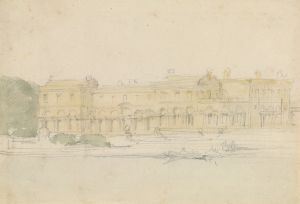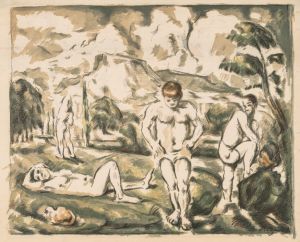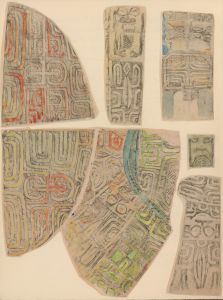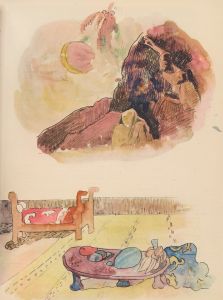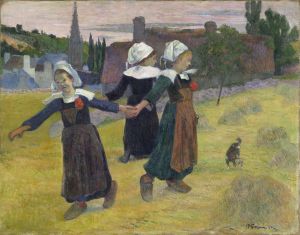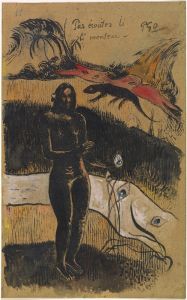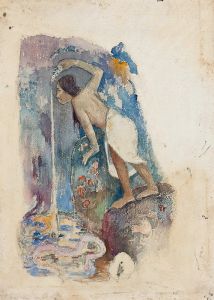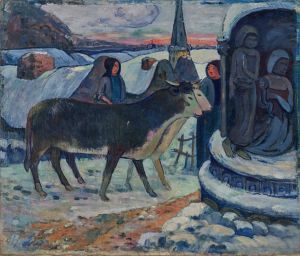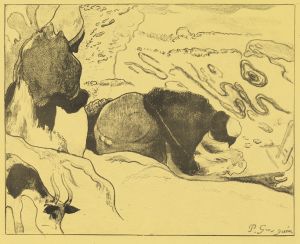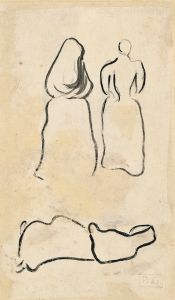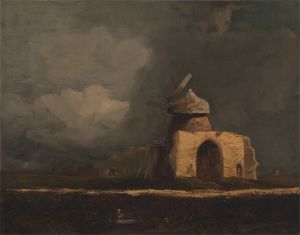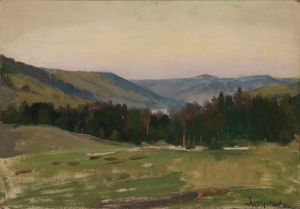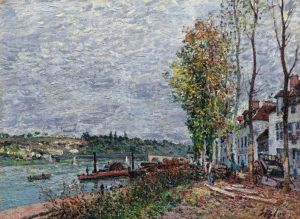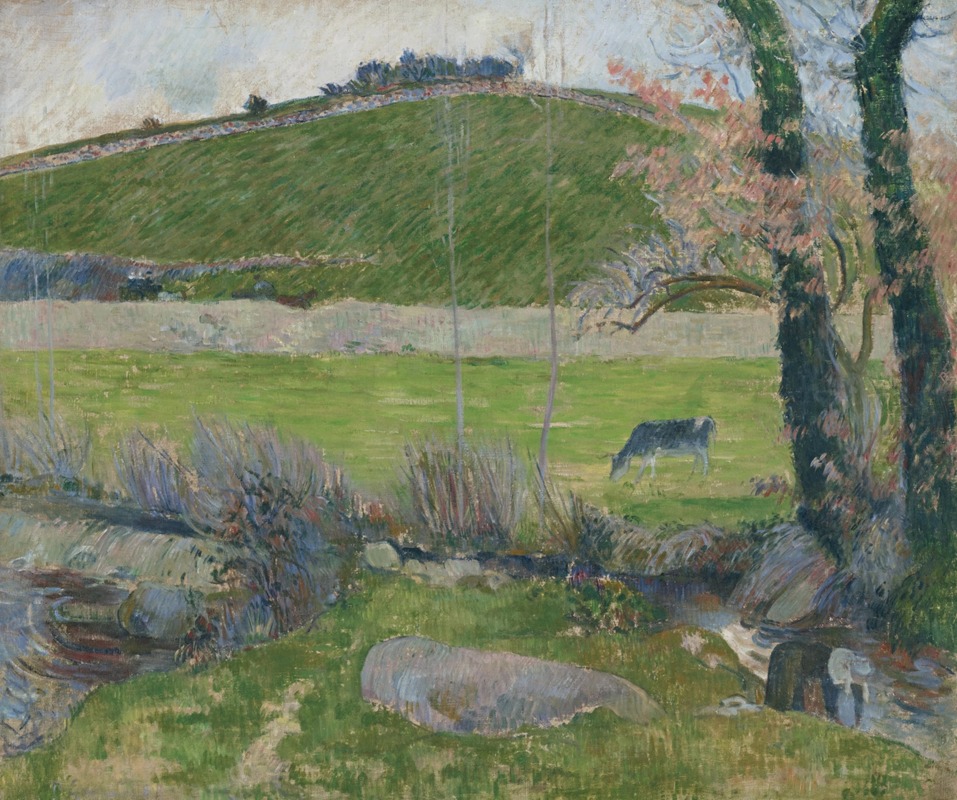
Sur l’Aven en amont de Pont-Aven
A hand-painted replica of Paul Gauguin’s masterpiece Sur l’Aven en amont de Pont-Aven, meticulously crafted by professional artists to capture the true essence of the original. Each piece is created with museum-quality canvas and rare mineral pigments, carefully painted by experienced artists with delicate brushstrokes and rich, layered colors to perfectly recreate the texture of the original artwork. Unlike machine-printed reproductions, this hand-painted version brings the painting to life, infused with the artist’s emotions and skill in every stroke. Whether for personal collection or home decoration, it instantly elevates the artistic atmosphere of any space.
Paul Gauguin's painting Sur l’Aven en amont de Pont-Aven (translated as On the Aven Upstream from Pont-Aven) is a work created during the artist's time in Pont-Aven, a small village in Brittany, France. Gauguin first visited Pont-Aven in 1886, and it became a significant location for his artistic development. The village, known for its picturesque landscapes and traditional Breton culture, attracted many artists during the late 19th century. Gauguin returned to Pont-Aven multiple times, and it was here that he began to develop his distinctive style, moving away from Impressionism and toward Symbolism and Synthetism.
This painting depicts a tranquil scene along the Aven River, which flows through Pont-Aven. The composition captures the natural beauty of the area, with its lush greenery and reflective waters. Gauguin's use of color and form in this work reflects his evolving artistic approach, emphasizing bold, flat areas of color and simplified shapes. These stylistic choices were part of his effort to move beyond the naturalistic representation of the Impressionists and toward a more expressive and symbolic mode of painting.
Sur l’Aven en amont de Pont-Aven is an example of Gauguin's interest in capturing the essence of a place rather than its precise details. The painting demonstrates his fascination with the harmony between nature and human life, a theme that recurs throughout his work. While the exact date of this painting is not always specified, it is generally associated with Gauguin's stays in Pont-Aven during the late 1880s.
This period in Gauguin's career was marked by his collaboration with other artists, including Émile Bernard, who shared his interest in developing a new artistic language. Together, they explored ideas that would later influence movements such as Symbolism and Modernism. Gauguin's time in Pont-Aven was pivotal in shaping his artistic philosophy and techniques, which would later culminate in his works created in Tahiti and other parts of the South Pacific.
The painting is now part of the collection of the Musée d'Orsay in Paris, France. The museum houses many works from the late 19th and early 20th centuries, including several by Gauguin. Sur l’Aven en amont de Pont-Aven is appreciated for its contribution to the understanding of Gauguin's artistic evolution and his role in the broader context of post-Impressionist art.





